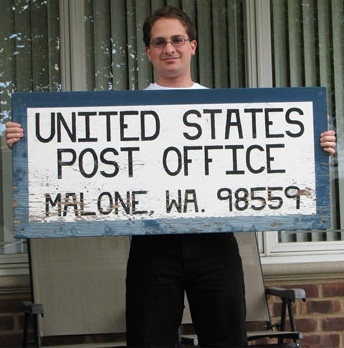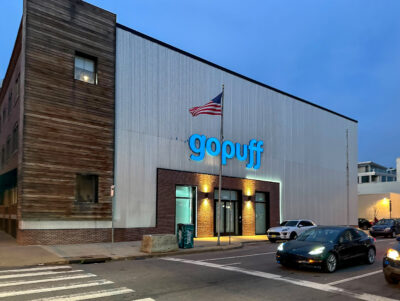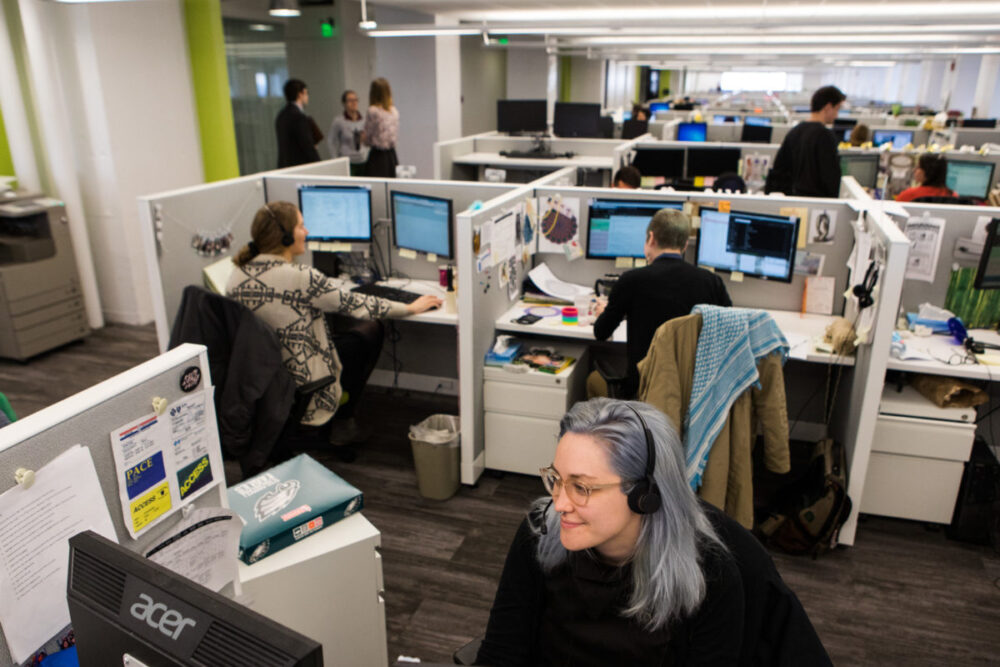
For much of its 220 year history, the U.S. Postal Service was something of a technology company: speeding communication and commerce through innovation, says postal geek Evan Kalish.
Today, in batch machines that can process 40,000 pieces of mail per hour, some 95 percent of handwritten addresses are properly dispatched by OCR technology, the 25 year old student in Penn’s master of urban spatial analytics program.
“[The machines work] from the ZIP code first, then to the address and select the proper street from the limited number of options available, tagging them with the bar codes that you can see on the bottom of first-class letters you receive. Human operators resolve the rest of the addresses remotely,” said Kalish, who lives in University City. “With Delivery Point Sequencing, another machine properly sort the mail for dozens of carriers in proper delivery order, based on their routes, with just two passes of the mail through the system.”
From today to the first ‘fully automated post office‘ back to the pneumatic mail tubes of the past, Kalish, a native of Queens, N.Y., has discovered new corners of the world’s original modern national postal system while writing his popular Going Postal blog, which has been profiled by Time magazine, the Washington Post, BBC and NPR.
All the stories use young Kalish as something of a juxtaposition for growing news of inevitable cutbacks at the U.S. Postal Service. While no doubt an important issue to Kalish, he says the best he can do is grow interest in what remains an impressive organization.
The blog kicked off in September 2010 as a way to share photos and stories about the postal service with other devotees of the historic agency, says Kalish, who did his undergrad work at Brown University.
The first effort followed a cross-country road trip but has grown from there.
“My newer entries have also been more in-depth, and shares the broader experience and anecdotes of rolling into any given town, as opposed to just showing a photograph of its post office. I think it’s more relatable and I’ve gotten positive feedback with respect to my unique telling of my postal visits,” he said.
While his post office trekking has taken him across the country, it has also helped him get to know Philadelphia better, by visiting 45 21 offices in the city’s neighborhoods.
“There were three post offices that I had to visit because I knew they were likely to close: the Adams Avenue, Girard Avenue, and Wissonoming stations. Those were all discontinued April this year,” he said. “Two offices I’ve enjoyed a lot in Philadelphia are Spring Garden on North 7th Street and Southwark at 925 Dickinson. Both are historic buildings constructed during the 1930s as part of Roosevelt’s WPA program, and each features a great interior mural. This is how the government kept artists working during the Depression.”
Kalish lobbied the Postal Service to donate a unique sign from the Wissinoming office to the Post Mark Collectors Club museum in Bellevue Museum and adds that Manayunk’s is unique for featuring a street level parking garage beneath the post office.
I have never seen that before or since,” he said, but, of course, being in Philadelphia, it’s hard to top the B. Free Franklin Post Office in Old City that was the nation’s first.
“Overall, my favorite post office, at least in terms of architecture, is that of Greenville, PA. Its sheer grandeur, combined with unique materials and fantastic architectural details, make it a true standout,” Kalish says. “It’s tough to pick a general favorite since I’m fortunate to have had great postal experiences all across the country.”
Join the conversation!
Find news, events, jobs and people who share your interests on Technical.ly's open community Slack





